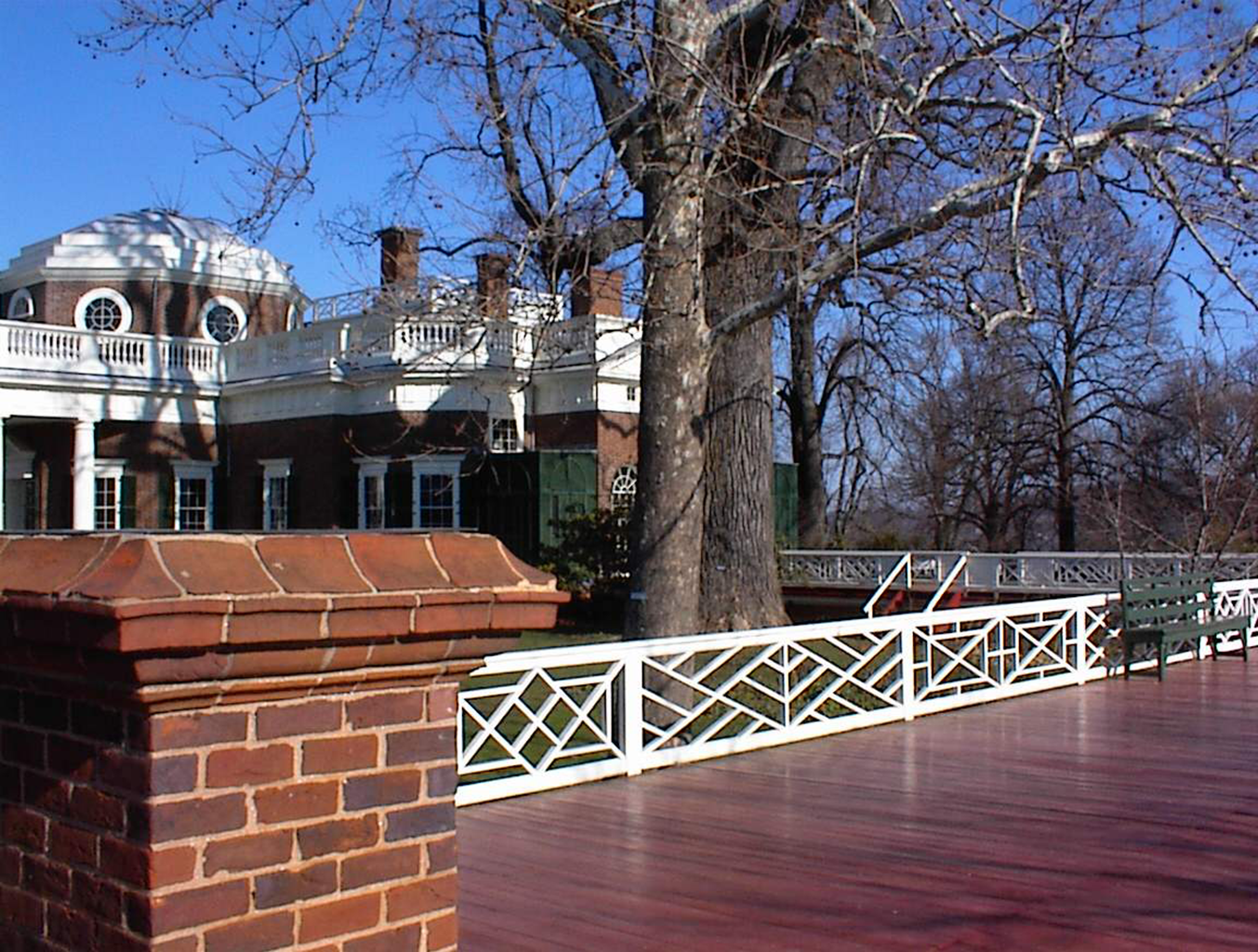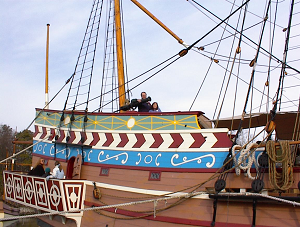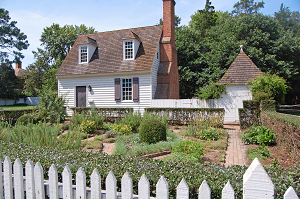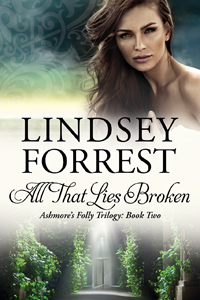Ashmore Park: A History
This is a work in progress. I will add to it as I
have time to invent the history of
Richard Ashmore’s ancestral home.
“This dear, dear land…”
Before Richard Patrick Ashmore ever opened his eyes on October 2, 1964, there was an idyllic spot outside Williamsburg, VA, called Ashmore Park.
Over the years, Ashmore Park has seen its ups and downs. Two wars were fought across its terrain. An ill-conceived idea at building a grand monstrosity of a house, rightly referred to later as the “Folly,” cost a fortune and nearly cost a marriage. The Park saw heartbreak and triumph, birth and death and life, during the 300 years since its founding in the early 1700s.
Some Ashmores were great heroes. Some were scoundrels. Some died in their beds, others died with honor on the field of battle, and one probably should have been hanged for murder. Some married for love, some married for money, and one married at the wrong end of a shotgun. There was more than one cuckoo in the nest, but, by luck or design, the Park always stayed in the hands of a blood descendant of the original Virginia gentleman, Andrew Edward Ashmore.
This is the story of Ashmore Park.
1700 * 1750 * 1780 * 1810 * 1840 * 1870 *
1890-1900 * 1920-1949 * 1950-1964
The Early Years
1700 – Andrew Ashmore
In 1703, Andrew Ashmore left his ancestral home in Sussex, England, to journey to the New World. The youngest son in a family of 13, Andrew had no chance of inheriting anything and had the choice of (1) serving in the army, (2) entering the clergy, or (3) finding some heiress plain enough or knocked-up enough to take on a son with no prospects. To that end, he had been wooing the not-so-attractive daughter of a neighbor, but then his next oldest brother Robert sat up, took note of Andrew’s endeavors, and wasted no time in strong-arming Andrew out of the way and getting the young lady with child. Problem solved for Robert! No one blinked; everyone knew it was the second baby that took nine months. The first could come at any time.
The Ashmores, unabashed monarchists, had wheedled their way into a land patent in the Colony of Virginia, and Andrew’s father, Sir James Ashmore, decided to send his moping youngest across the ocean to check on things and get himself sorted out. The Ashmore land patent included over a thousand acres near the capital of the colony, Williamsburg, and Sir James thought it was likely that Andrew could make his fortune (and find a suitable wife) among the growing aristocracy of the civilized colony. Andrew boarded a ship and then spent the next couple of months hanging over the side, seasick.
Once on the warm terra firma of Virginia, Andrew’s luck turned up. The Ashmore land, situated on the James River, was ripe for planting and included a vast forest. His father had given him sufficient funds to build a house, plant some crops, buy some horses, and acquire some slaves. Within a couple of years, young Andrew had built a small manor for himself, ingratiated himself with the local gentry, and cut a popular figure at the cotillions in Williamsburg. Tall, fair-haired, and broad-shouldered, with a devil-may-care smile, Andrew was a man of property. After a couple of fine harvests, he was also a man of some wealth and an exceedingly eligible bachelor.
His closest neighbor, Widow Jane Edwards of Edwards Lake, took notice, and Andrew noticed right back. Jane was young, comely, fertile (as evidenced by her son, young Jacob Edwards), and not at all adverse to nocturnal visits. Better, Andrew decided, to ride across the back fields, partake of a hearty meal, and finish off the evening with a lusty romp between the sheets than to face the tedious chatter of the nubile young misses with whom he had to mind his p’s and q’s. He didn’t even mind the presence of young Jacob, who responded well to an adult male who taught him to ride, shoot, and fish, and who didn’t make such a big deal of his inability to read. Jane, satisfied with what she saw when she woke up mornings and confident that she could manage Andrew with little trouble, decided to seal the deal.
Before long, Jane broke the news to her suitor that he had successfully sown more than one crop, and this one could be expected to flower in six or seven months. Andrew, of course, did the right thing, and he and Jane hied themselves off to a preacher forthwith. Then he moved Jane, Jacob, and Baby X into his manor.
To Andrew’s delight and pride, Jane promptly gave birth to a beautiful, strapping boy. Andrew quickly communicated the good news to his father, oldest brother, and Robert (who had fathered nothing but girls who were going to need dowries, since they unfortunately took after their mother).
Jane, bent on upgrading their status, christened her new home “Ashmore Manor” and talked her husband into calling his property “Ashmore Park.”
Within ten years of landing in Virginia, Andrew Ashmore had it all: a managing wife who made sure his household ran properly, four sons and two daughters, a stepson who might not be able to read but sure had a way with the horses, and a flourishing farm. He had it made — unlike poor Robert, whose heiress had turned out to be a shrew of the first order.
Andrew dutifully sent reports back to his father and oldest brother in England, but neither one seemed to pay much attention to his little farm. Andrew wisely did not tell them exactly how profitable it was, for fear that one of the other brothers would show up and claim precedence. He and Jane did send their sons back to the mother country for some polishing after their stints at the College of William and Mary, and by all accounts the boys were very popular with Robert’s daughters.
The Ashmore children took after their mother in the social-climbing department and married well. Both daughters married into the vast Randolph family. The oldest son, James, married a beautiful South Carolina lady named Regina Whitney soon after coming back from England (where, rumor had it, he left more than memories with a couple of young ladies who quickly retired to the country to “recover from exhaustion” and save their reputations). The second and third sons, upon returning to the colonies, headed north to Pennsylvania to seek their fortune. One excelled in banking; another became a lawyer.
Later in life, Jane became very religious and insisted that everyone at Ashmore Park attend Sunday services. Andrew built a slave chapel not far from the back fields so that the slaves didn’t have to take off too much time from work in order to worship the Lord.
Sadly, the youngest son of Andrew and Jane died of smallpox soon after arriving home from England and became the first Ashmore to be buried in the family graveyard near the slave chapel.
1750 – James Jonathan Ashmore
When he was 30 years old, James Ashmore buried his father. Andrew, still fit and hardy in his late 50s, had been riding out to inspect his crops on his favorite stallion. The horse, spooked by a deer darting in from the forest, unceremoniously dumped his master on the ground. Andrew’s neck was broken, and he died within minutes.
James had always assumed that the land of Ashmore Park belonged to his father, Andrew, and was horrified to discover that Sir James Ashmore had never actually bothered to convey title to the land to Andrew. However, Andrew and Jane had named their oldest son for his two grandfathers, and James, never troubled greatly with conscience, turned that to his advantage. He forged a conveyance from his grandfather to his namesake, gambled that no one in Williamsburg had any idea that his grandfather had gone to his eternal reward many moons before, and filed the document with the local government.
James had other problems. While he had married well, capturing the hand of Charleston’s most beautiful belle, married life turned out to be anything but bliss. Jonathan’s roving eye threatened to get him into a great deal of trouble when he dallied with a neighboring woman who wasn’t sure exactly who fathered her fourth child (luckily it was a girl, so who cared?). Regina did her duty, produced an heir (Matthew) and a spare (William), plus one daughter, and then banished James from her bed. A paucity of widows smart enough to avoid conception meant that James had to slake his libido with women who couldn’t complain about his tendency to forego bathing — the ladies at the bawdy house not far from Fort Monroe. Regina didn’t care what or who he did. As long as he left her alone but continued to supply her with fancy gowns and jewels, she turned a blind eye. James’ mother Jane wasn’t so sanguine; James might be master of Ashmore Park, but his mother regularly boxed his ears and chewed him out for his fornication.
When James inconveniently died of fever in 1774, Regina quickly found solace in the arms of a dashing British army officer and moved north to Philadelphia. Jane, still going strong in her 80s, stayed at Ashmore Park to guide her oldest grandson, Matthew, as he took over the reins.
James’ only lasting legacy, besides his two legitimate sons and a couple of children born to the “exhausted” young ladies from his English stay, was the expansion of Ashmore Manor in the late 1760s. From a simple clapboard house, he remodeled it into a large two-story lodge, the design swiped from a house downriver.
Attribution: By Melissa Wilkins from USA (cartersgrove-riverside2) [CC BY-SA 2.0], via Wikimedia Commons1780 – Matthew Lucas Ashmore
Matthew Ashmore had a problem. Actually, he had several problems. The first was that his flighty mother had remarried, moved north to Philadelphia, and promptly declared her allegiance to the Crown. The second was that his grandmother was apparently immortal, and she interfered with every decision he made. His third problem was that his ne’er-do-well younger brother William was, as Jane charmingly put it, “destined to dangle from the end of a rope.” William, unfortunately, had few scruples when it came to acquisitions; he helped himself to whatever he wanted, whether it was a comely horse or a comely neighbor’s wife (shades of his father!). Dallying with a bored wife was one thing; stealing a man’s horse — that was a hangin’ matter.
And Matthew’s other problem? War loomed, and Virginians were choosing sides. Tory or Patriot? Tory, instructed his grandmother. Tory, wept his mother, happy with her redcoat colonel. Patriot, idiot, said William, and promptly went off to fight with General Washington, a couple of steps ahead of the sheriff.






